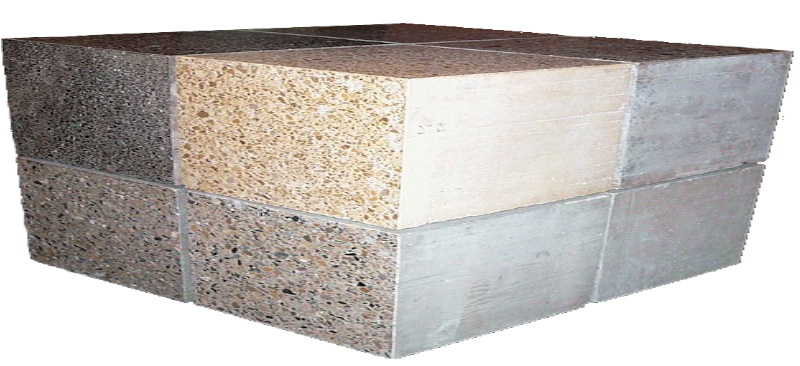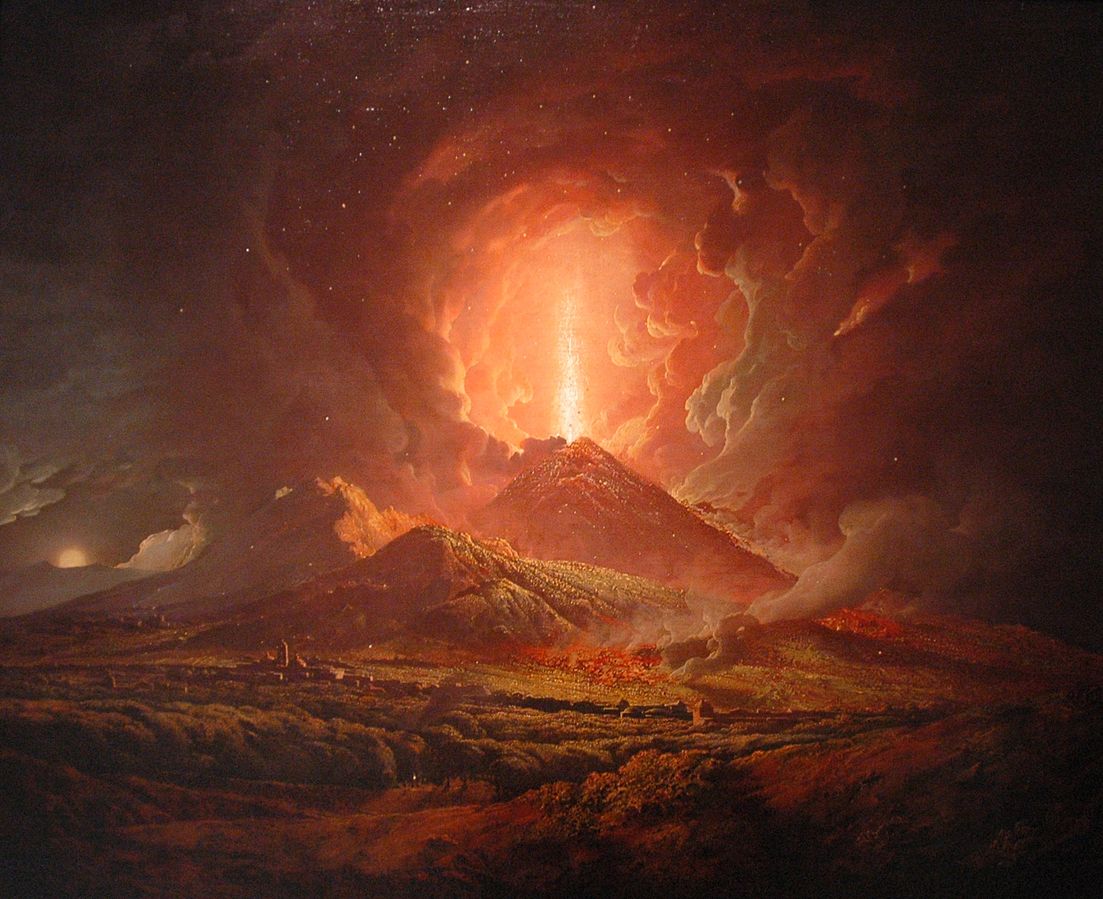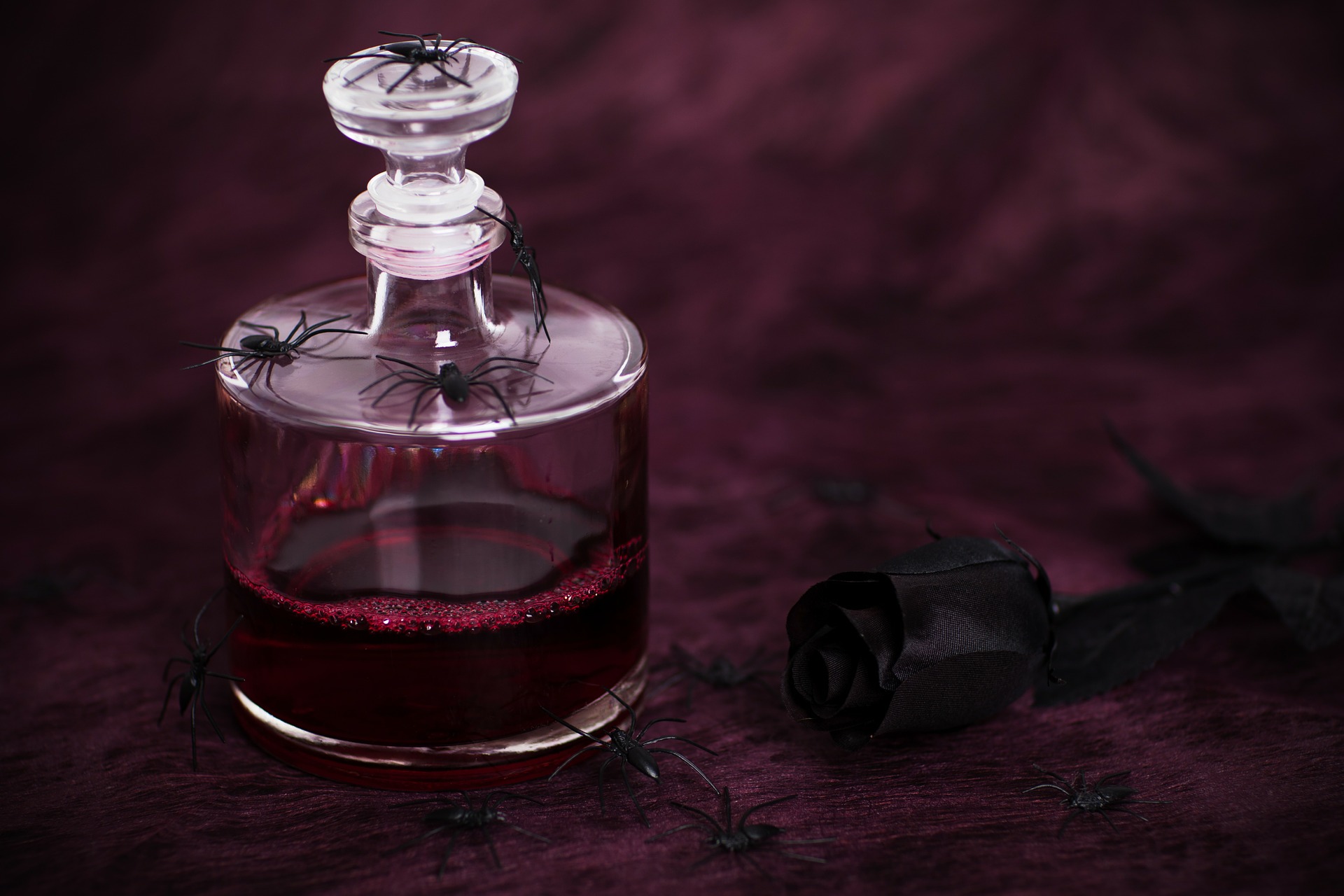Concrete is a composite material created by mixing water, aggregates (such as mixes of rubble, loose stones and sand) and additives with a fluid cement itself made from grinding and heating a mix of limestone (containing calcium), clay (containing silicon, aluminium and iron) and gypsum (containing sulphates). The mix of cement and water creates a chemical reaction (hydration) that makes it harden and set around the aggregates, while the additives control its properties.
2
Ca3SiO5 + 7H
2O → 3(CaO)·2(SiO
2)·4(H
2O)(gel) + 3Ca(OH)
2
The first main additive added is pozzolana (volcanic ash). This allows the resulting concrete to be poured and to set underwater, creating an extremely solid material as can be observed by the Roman harbours still present around Europe. This effect is obtained by the sea water slowly dissolving the ash inside the concrete and new minerals such as
tobermorite developing in the new space and interlocking with the rest to form a reinforced structure.
Other important additives are blood and animal fat. These additions have two effects. First, the blood and fat react with the rest of the mixture to both accelerate the formation of crystals and create air bubbles that allow the concrete to expand and contract with changes in temperature, thus making it more resistant.
Second, the use of sacrificial blood from either willing or unwilling donors allows for magic to be infused in the concrete so as to give him specific properties. Those properties mostly consist of different types of wards and resistance magic. The owner of the architecture in which the concrete is used can also add their own blood to the mix during a specific ritual so as to gain control of the building afterwards.






Comments
Author's Notes
Spooktober prompts"Blood" and "Crimson" by World Anvil
"A Macabre Memorial" and "A Recipe for Disaster" by Annie Stein